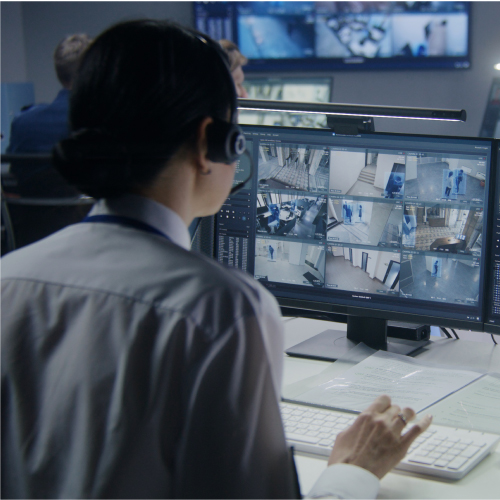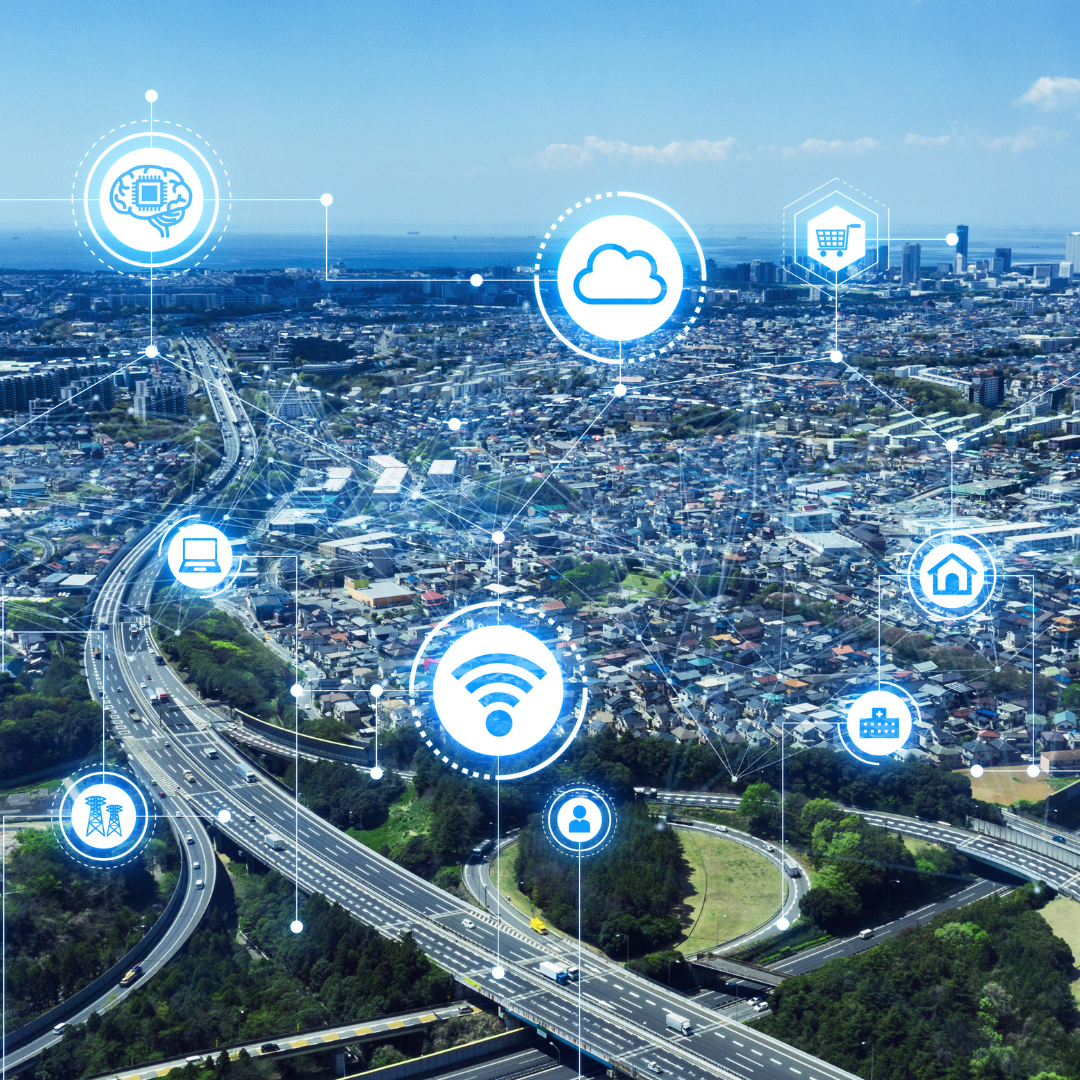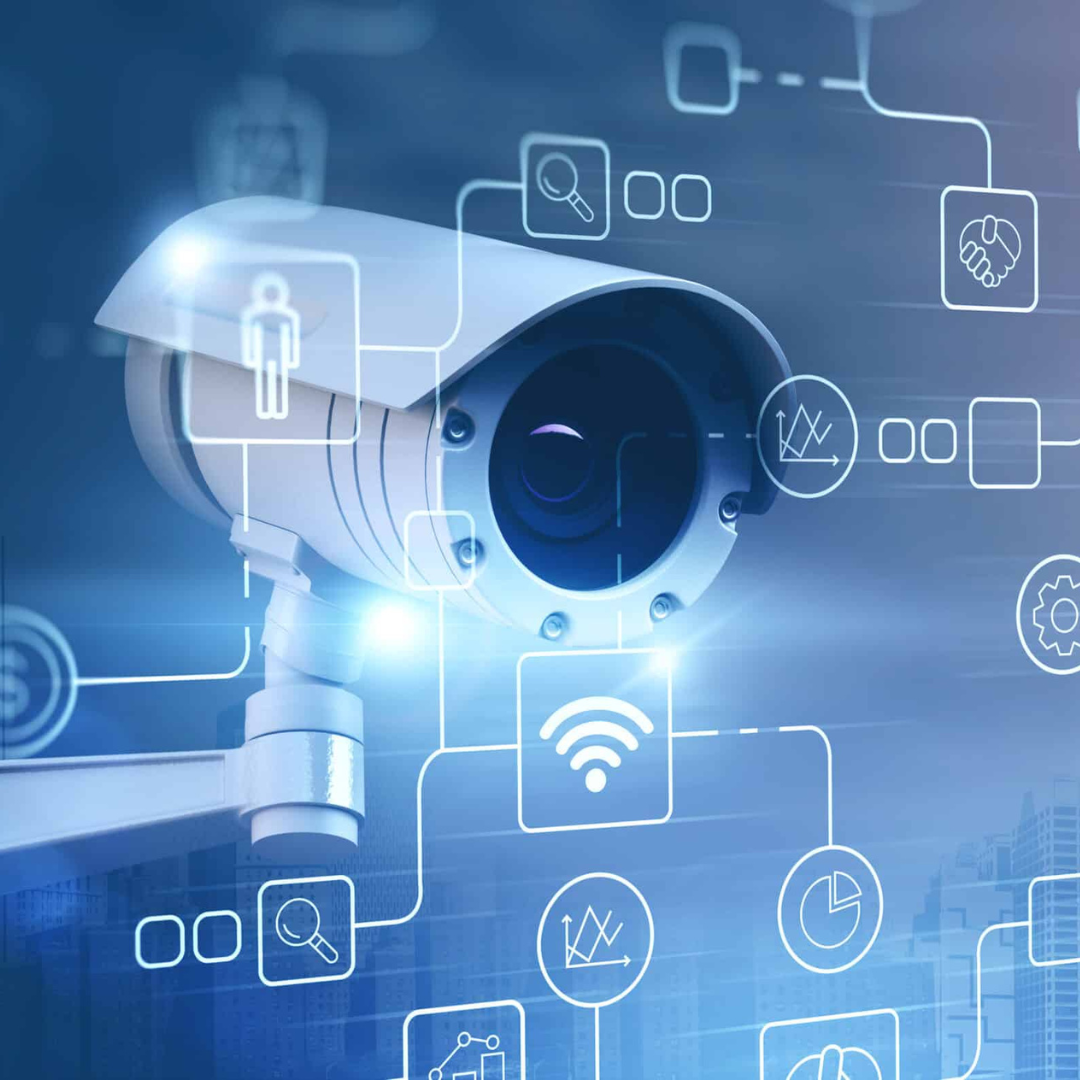Exploring Physical Security Solutions for Retail and Commercial Spaces
2023-11-03 16:29:17

Security is a paramount concern for retail and commercial spaces. Ensuring the safety of employees, customers, assets, and valuable data is essential for business continuity and success. In this comprehensive guide, we will explore various physical security solutions that can be implemented in retail and commercial environments to mitigate risks and protect against threats.
The Need for Physical Security in Retail and Commercial Spaces
1.1 Understanding the Risks
Retail and commercial spaces are susceptible to various security threats, including theft, vandalism, break-ins, cyberattacks, and more. Understanding these risks is the first step in implementing effective security measures.
1.2 The Cost of Inadequate Security
Inadequate security measures can result in financial losses, damage to reputation, and potential legal liabilities. Investing in physical security is a proactive approach to safeguarding your business.
Types of Physical Security Solutions
2.1 Access Control Systems
Access control systems include key cards, biometric scanners, and PIN codes to restrict entry to authorized personnel only. They are crucial for preventing unauthorised access to sensitive areas within the premises.
2.2 Surveillance and CCTV Systems
Closed-circuit television (CCTV) systems provide 24/7 monitoring through strategically placed cameras. Surveillance footage not only deters criminals but also serves as evidence in case of incidents.
2.3 Intrusion Detection and Alarms
Intrusion detection systems, such as motion sensors and alarms, alert you to unauthorized entry or suspicious activity. These systems can be integrated with monitoring services for immediate response.
2.4 Perimeter Security
Perimeter security solutions, like fences, gates, and bollards, create a physical barrier to prevent intruders from gaining access to the premises.
2.5 Electronic Article Surveillance (EAS)
Commonly used in retail spaces, EAS systems employ electronic tags or labels on merchandise. If a tagged item exits the store without deactivation, it triggers an alarm.
2.6 Biometric Security
Biometric security measures, such as fingerprint or facial recognition, provide high-level authentication, ensuring only authorised personnel can access secure areas.
2.7 Locks and Safes
High-quality locks and safes are fundamental security measures to protect valuable assets, cash, and sensitive documents.
2.8 Security Lighting
Properly designed lighting can deter criminals and improve overall security. Motion-activated lights and well-lit parking lots are examples of effective security lighting solutions.
2.9 Security Personnel
Hiring trained security personnel, such as security guards or concierge services, can provide a physical presence and rapid response to security incidents.
2.10 Cybersecurity Measures
While not physical, cybersecurity measures are critical to protect sensitive data and prevent cyberattacks, which are increasingly common in the digital age.
Integration and System Design
3.1 The Power of Integration
The effectiveness of physical security solutions is often amplified when integrated into a cohesive system. For instance, access control, surveillance, and alarms can work in tandem for enhanced security.
3.2 Customised System Design
Each retail or commercial space has unique security requirements. Tailoring security solutions to the specific needs and layout of your premises is essential for maximum protection.
Implementing Physical Security Solutions
4.1 Security Assessment
Begin with a comprehensive security assessment to identify vulnerabilities and determine the most appropriate security solutions for your business.
4.2 Budgeting and ROI
Develop a budget for your security initiatives, considering the return on investment in terms of risk mitigation and potential cost savings.
4.3 Installation and Training
Engage qualified professionals to install and configure your chosen security solutions. Ensure that your staff is adequately trained to use the systems effectively.
4.4 Ongoing Maintenance
Regular maintenance and updates are essential to keep security systems in optimal working condition. Periodic reviews of your security strategy are crucial as well.
Future Trends in Physical Security
5.1 Artificial Intelligence (AI)
AI-driven security solutions are becoming more prevalent, offering advanced threat detection and real-time response capabilities.
5.2 IoT Integration
The Internet of Things (IoT) is revolutionizing security by connecting devices and systems for seamless monitoring and control.
5.3 Remote Monitoring and Control
Advances in technology allow businesses to monitor and control security systems remotely, providing flexibility and efficiency.
Conclusion
Retail and commercial spaces face an array of security challenges. Still, with the right physical security solutions in place, you can significantly reduce the risks associated with theft, vandalism, unauthorized access, and cyberattacks. By understanding your unique security needs, integrating appropriate systems, and staying updated on emerging trends, you can create a safe and secure environment that protects your assets, data, and reputation.
Investing in physical security is not just a precaution; it's a proactive approach to safeguarding your business and ensuring a prosperous future for both you and your customers.


